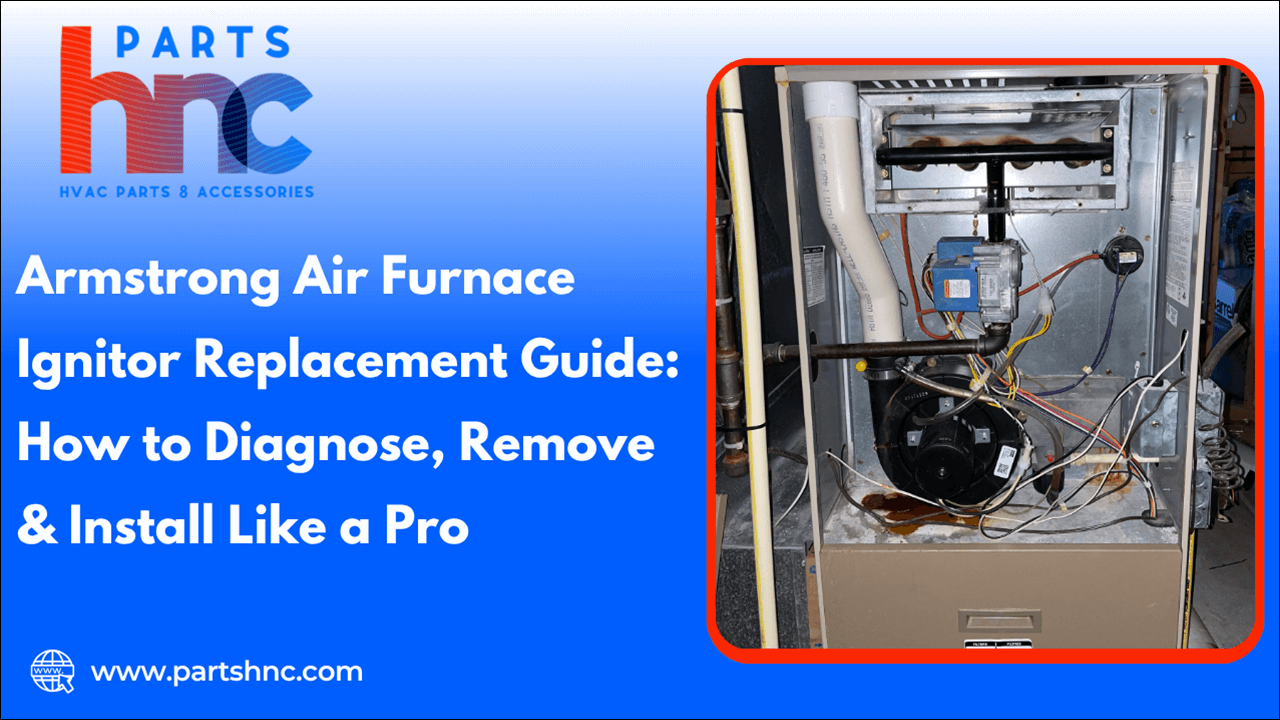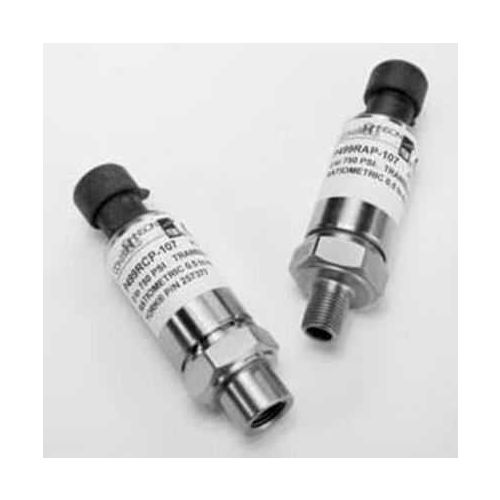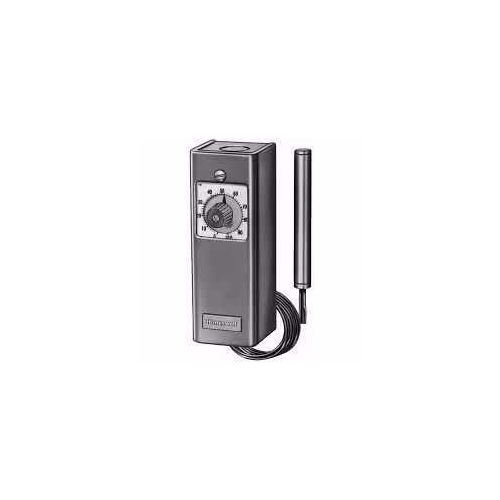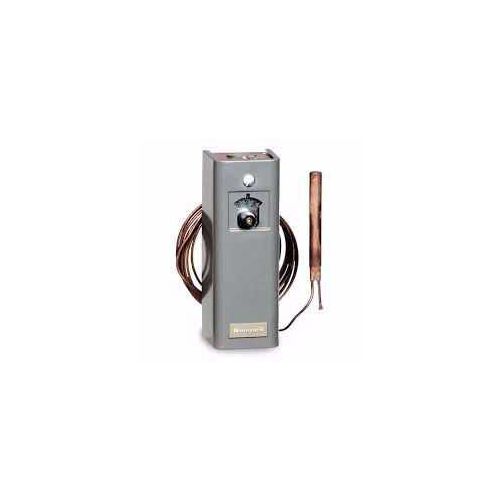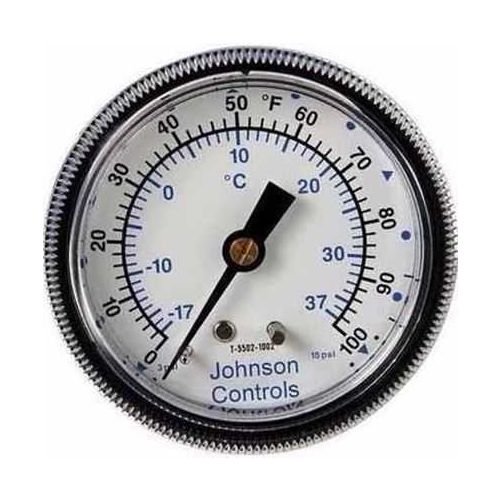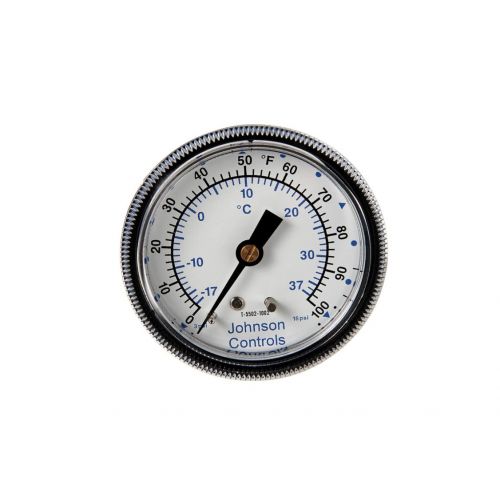Armstrong Air Furnace Ignitor Replacement Guide: How to Diagnose, Remove & Install Like a Pro
Replacing the ignitor on your Armstrong Air furnace might sound intimidating, but with the right guidance, it's a task most homeowners can handle confidently. The ignitor is a crucial component that helps your furnace start-up by igniting the gas to produce heat. If your furnace isn’t firing up or blowing cold air, a faulty ignitor could be the culprit. This step-by-step guide will walk you through how to diagnose a bad ignitor, safely remove the old one, and install a new one just like a pro. Whether you're aiming to save money on repairs or simply want to understand your HVAC system better, this tutorial will equip you with the knowledge and tips needed to get your Armstrong Air furnace parts running efficiently again.
How the Ignitor Works and When to Replace It in Your Armstrong Air Furnace
The ignitor in your Armstrong Air furnace is essential for starting the heating process. It heats up electrically to ignite the gas burner, enabling your furnace to produce warm air. When the ignitor fails, your furnace won’t start, leaving your home cold.
Understanding how the ignitor works and when to replace it helps keep your furnace running efficiently and avoids costly repairs.
How the Ignitor Works
The ignitor receives an electrical current from the control board and heats up rapidly to ignite the gas burner, starting the heating process. Here’s how it works step-by-step:
-
The furnace’s control board sends an electrical signal to the ignitor.
-
The ignitor heats up quickly, glowing orange or red-hot.
-
Once the ignitor reaches the required temperature, it ignites the gas released by the furnace.
-
The burner lights up, producing heat that warms your home.
-
After ignition, the ignitor turns off, and the furnace continues running until the thermostat is satisfied.
When to Replace Your Furnace Ignitor:
-
Age of the Ignitor: Typically lasts 3 to 5 years. Replace proactively before the heating season to avoid unexpected breakdowns.
-
Visible Damage: Cracks, chips, or discoloration indicate it’s time for replacement.
-
Inconsistent Ignition: Multiple ignition attempts or failure to start suggest a weakening ignitor.
-
Cold Air Blowing: If the blower runs but no warm air comes out, the ignitor may have failed.
-
Frequent Shutdowns or Error Codes: Diagnostic warnings or shutdowns related to ignition are clear signs the ignitor needs replacing.
To find the correct ignitor for your unit, consult the Armstrong Air furnace parts list specific to your model.
Looking to keep your furnace in top shape? PartsHnC offers high-quality parts like ignitors, thermostats, and flame sensors from top brands such as Armstrong Air, Carrier, and Lennox. Shop now for reliable HVAC components that make repairs easy and efficient!
Signs Your Armstrong Air Furnace Ignitor Needs Replacement
When your Armstrong Air furnace ignitor begins to fail, subtle and sometimes overlooked symptoms can affect your furnace’s performance. Recognizing these furnace ignitor issues early helps you maintain comfort and avoid emergency repairs.
-
Unusual Furnace Noises: Clicking, popping, or buzzing sounds occur during furnace startup.
-
Delayed Furnace Response: The furnace takes longer than normal to start after the thermostat calls for heat.
-
Increased Energy Bills: Your heating costs rise without any change in your usage habits.
-
Frequent Resetting of Furnace: You often need to reset the furnace to get it running.
-
Weak or Flickering Burner Flames: The burner flames look uneven, weak, or flicker while running.
-
Furnace Runs but No Heat Produced: The blower runs, but warm air does not come from the vents.
Monitoring these signs lets you replace furnace ignitor parts promptly, helping prevent a total shutdown and keeping your Armstrong Air system reliable through winter.
Step-by-Step Process to Diagnose a Faulty Ignitor in Your Armstrong Air Furnace
Diagnosing a faulty furnace ignitor starts by identifying unusual behavior and testing specific ignitor-related functions. Below are four key ignitor issues with signs and clear solutions:
Ignitor Fails to Glow During Startup
When the furnace powers up but the ignitor never glows, it likely isn't receiving voltage or is internally damaged.
Signs:
-
Furnace initiates, but the ignitor stays dark.
-
No flame, no heat output, and the unit shuts down or locks out.
Solution:
-
Check Power Supply: Verify that voltage is reaching the ignitor terminals.
-
Inspect for Physical Breaks: Look for cracks or breaks on the ignitor body.
-
Test Continuity: Use a multimeter to confirm continuity; replace if the circuit is open.
Ignitor Glows, But Burners Don’t Ignite
The ignitor lights up, but burners fail to follow, often due to low heat output or delayed gas response.
Signs:
-
Visible glow but no flame ignition.
-
Furnace shuts down a few seconds after glowing.
Solution:
-
Measure Resistance: Confirm the ignitor's resistance is within the manufacturer's range (typically 40–90 ohms).
-
Verify Placement: Ensure the ignitor is properly aligned near the burner ports.
-
Replace If Weak: Swap out the ignitor if it glows but cannot trigger ignition.
Ignitor Works Intermittently
Intermittent ignitor performance causes erratic heating and unreliable furnace operation.
Signs:
-
Furnace sometimes ignites, and sometimes doesn’t.
-
Heating is inconsistent, and resets may be needed.
Solution:
-
Examine Wire Connections: Look for loose or corroded ignitor wires.
-
Observe Resistance Fluctuations: Test resistance across cycles to detect unstable readings.
-
Replace Unstable Ignitor: If readings vary or it functions sporadically, install a new ignitor.
Ignitor Clicks or Sparks But Doesn’t Glow
Clicking or sparking sounds without a visible glow suggest either a control issue or incorrect ignitor behavior.
Signs:
-
Audible clicks, but no visible ignition activity.
-
Furnace retries ignition or locks out.
Solution:
-
Test Voltage at Terminals: Confirm 120V is present when the thermostat calls for heat.
-
Confirm Ignitor Type: Ensure your unit uses a hot surface ignitor, not a spark ignitor.
-
Replace or Check Control Board: If voltage is missing, test and possibly replace the control module.
Check out this guide on how to inspect and replace the thermocouple in your furnace to ensure proper ignition and performance.
How to Safely Remove and Install the Ignitor on Your Armstrong Air Furnace
Knowing how to replace furnace ignitor safely is essential for maintaining your Armstrong Air furnace’s efficiency and preventing damage. Follow these clear, step-by-step instructions to restore reliable heating and avoid costly service calls.
Step 1: Turn Off the Power and Gas
Switch off the furnace power at the breaker and turn off the gas supply to ensure your safety.
Step 2: Remove Access Panel
Carefully remove the furnace’s access panel to locate the ignitor near the burner assembly.
Step 3: Visual Inspection
Inspect the ignitor for any cracks, chips, or discoloration that indicate damage.
Step 4: Observe Ignitor Glow
Temporarily restore power and set the thermostat to heat. Watch the ignitor during startup; it should glow bright orange or red. If it doesn’t glow or glow weakly, it’s likely faulty. Then, turn the power off again.
Step 5: Test with a Multimeter
Disconnect the ignitor’s wiring and use a multimeter to check for continuity. A healthy ignitor typically shows low resistance (40-90 ohms). Infinite or very high resistance means it needs replacement.
Step 6: Check Furnace Error Codes
If available, consult your furnace manual to interpret any ignition-related error codes.
Step 7: Disconnect the Faulty Ignitor
Unplug the ignitor’s electrical connector and remove any mounting screws or clips.
Step 8: Install the New Ignitor
Handle the new ignitor carefully to avoid touching the heating element, which can cause damage. Secure it properly and reconnect the wiring to complete the furnace ignitor replacement.
Step 9: Reassemble Furnace
Securely replace the furnace’s access panel.
Step 10: Restore Power and Gas
Turn the power and gas supply back on to the furnace.
Step 11: Test Furnace Operation
Set your thermostat to heat and observe the new ignitor glowing and the furnace igniting properly.
Always follow proper steps to ensure safety and efficiency, and keep in mind that furnace ignitor replacement cost are typically affordable compared to emergency repair bills.
Check out this guide on how to install a furnace humidifier to improve your home's air quality and comfort.
Safety Precautions to Take Before Replacing Your Armstrong Air Furnace Ignitor
Before replacing the ignitor or any component in your Armstrong Air furnace, it’s crucial to prioritize safety to protect yourself and your equipment. Follow these essential precautions:
-
Turn Off Power at the Breaker: Always shut off electrical power to the furnace at the circuit breaker to prevent shock or unintentional startup.
-
Shut Off the Gas Supply: Locate the gas shutoff valve (usually near the furnace) and turn it off completely before opening any panels or removing parts.
-
Allow Time for Cooling: Wait at least 30 minutes after the furnace shuts down to avoid burns from hot components like the heat exchanger or ignitor.
-
Wear Personal Protective Equipment (PPE): Use safety gloves and goggles to protect against sharp edges, electrical contact, or debris.
-
Use a Carbon Monoxide Detector: Keep a portable CO detector nearby when working near gas appliances, especially in enclosed areas.
-
Check for Gas Leaks Before and After Work: Use a gas leak detector spray or soapy water on fittings to check for leaks once you’ve reconnected the gas supply.
-
Avoid Touching the Ignitor Element: The surface is fragile and can crack easily; oils from your skin can also reduce its lifespan.
-
Keep the Work Area Clear: Remove flammable materials and clutter from around the furnace to reduce fire hazards.
-
Follow Manufacturer Guidelines: Always refer to your Armstrong Air furnace manual for model-specific warnings and service instructions.
Conclusion
Proper diagnosis and timely replacement of a faulty furnace ignitor are essential to maintaining the performance and safety of your Armstrong Air furnace. By following the outlined procedures and safety precautions, you can effectively restore your furnace’s ignition system, ensuring consistent heat delivery throughout the colder months. Regular maintenance and prompt attention to ignitor issues not only prevent costly repairs but also extend the lifespan of your furnace. With the skills and knowledge gained from this guide, you’re well-prepared to handle ignitor replacement confidently and keep your home warm and comfortable.
FAQs
How do I reset my furnace ignitor?
To reset your furnace ignitor, turn off the furnace’s power switch or circuit breaker for about 30 seconds, then turn it back on. This allows the control board to reset and may clear minor ignition errors.
How do I know if my furnace is in lockout mode?
A furnace in lockout mode typically stops responding, and you may see flashing LED error codes on the control board. This happens after multiple failed ignition attempts or safety sensor trips.
How do I figure out what's wrong with my furnace?
Start by checking for error codes, unusual noises, or whether the furnace ignitor is glowing properly. Using a multimeter and visually inspecting components like the ignitor and flame sensor can help identify the issue.
How much does it cost to replace a furnace ignitor?
The cost to replace a furnace ignitor typically ranges from $150 to $300, including labor and parts. DIY replacement can cost less, usually between $25 to $60 for the ignitor alone.


